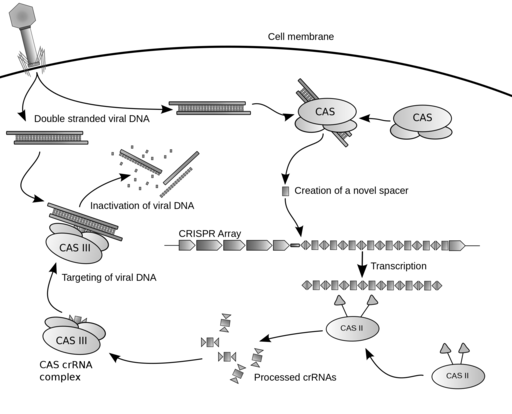As of now, the only way to diagnose acute rejection is through a biopsy. This procedure can only detect problems when they are in a late stage. Doctors would be able to begin anti-rejection medication sooner if there was a way to non-invasively diagnose kidney rejection at an early stage. Well, there might be now….
Researchers have found an early warning sign of rejection in the urine of kidney transplant patients, a cytokine protein called CXCL9. Currently, the method used for measuring the protein (an enzyme-linked immunosorbent assay, or ELISA) has been unsuccessful. However, Jonathan Dordick and colleagues have been working to develop a better technique.
They have based their new detection method on a gene-editing technology called CRISPR/Cas12a. The CRISPR/Cas12a enzyme cuts a probe to produce a fluorescent signal when in the presence of the CXCL9 protein. Then by attaching a DNA barcode that aggregates a large number of CRISPR/Cas12a molecules, they were able to boost the fluorescent signal. This then led to an antibody that recognizes CXCL9.
Another essential thing to note is that, unlike different CRISPR-based detection methods, the use of PCR amplification is not required. This makes it easier to modify to a device that could be used in more accessible ways, like in a doctor’s office or at home. When tested, the new system accurately measured CXCL9 levels for 11 kidney transplant patients. Since the immuno-CRISPR system is about 7 times more sensitive than an ELISA, kidney rejection can now be detected early.




Leave a Reply